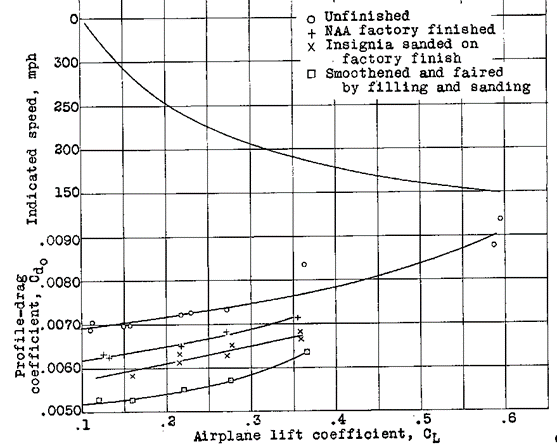Reverie Planetarian
42 Megabytings of Pure Adrenaline
- Joined
- 4 November 2008
- Messages
- 6
- Reaction score
- 0
A little thought experiment, if I may:
I forget if the Mustang was the only US WWII fighter to play with a laminar flow wing shape but I know it was part of its success with regards to its performance.
Assuming it was the first or only to try it out, I wonder if it would've helped other aircraft of the time? Could you, for example, make a P-38 Lightning with vastly improved performance assuming you advanced its engine to about the same needs, also assuming the need for much faster heavy fighters and piston aircraft were suitably high? Or, perhaps, would jet technology have rendered this particular part of aerodynamics research a secondary goal, or more likely, used a more aggressive research of wing cross-sections and smooth airflow to further its own goals?
I forget if the Mustang was the only US WWII fighter to play with a laminar flow wing shape but I know it was part of its success with regards to its performance.
Assuming it was the first or only to try it out, I wonder if it would've helped other aircraft of the time? Could you, for example, make a P-38 Lightning with vastly improved performance assuming you advanced its engine to about the same needs, also assuming the need for much faster heavy fighters and piston aircraft were suitably high? Or, perhaps, would jet technology have rendered this particular part of aerodynamics research a secondary goal, or more likely, used a more aggressive research of wing cross-sections and smooth airflow to further its own goals?

